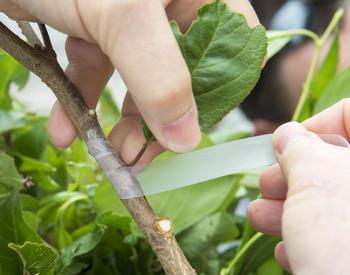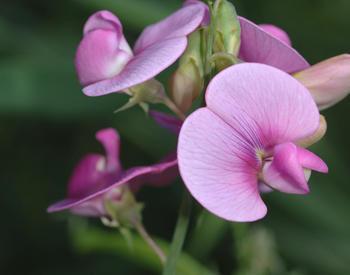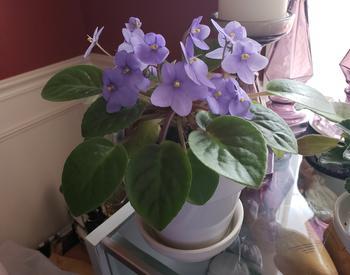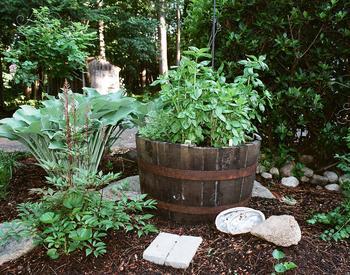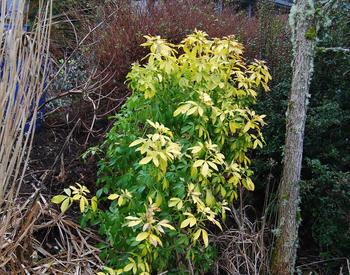CORVALLIS, Ore. – Oregonians who love the variety of nuts that grow in the state, and would like to harvest their own every year, have the opportunity to grow butternuts, chestnuts, hazelnuts and walnuts in their back yard or orchard.
Detailed advice on how to do it is available in an Oregon State University Extension publication, "Growing Tree Fruits and Nuts in the Home Orchard" (EC 819), which is available online.
Before deciding to plant nut trees, ask whether you will have the time and interest to prune, spray, harvest and use what could become abundant crops. Also, consider the space needed and available soil.
"Large trees such as walnuts and chestnuts make good shade trees, but they're more difficult to prune and spray than smaller trees," said Jeff Olsen, OSU Extension horticulturist. "The soil must permit rooting to a depth of at least three feet. Too much sand or clay can be a problem, although some kinds of trees will tolerate extremes of soil texture."
Here are some of Oregon’s most popular and common nut varieties.
Butternuts. The butternut tree closely resembles black walnut. It's the most winter-hardy of all nut species, the most likely to succeed in poor soil and can be grown throughout the state. It's an attractive landscape tree because of its gray bark and interesting tree form. The nut is pointed and oblong with deep ridges and in most varieties, difficult to remove from the shell.
Chestnuts. Also grown everywhere in Oregon, chestnuts grow into large, attractive shade trees that bear fragrant, creamy white catkins in spring. Nuts are enclosed in golden-colored prickly hulls in the fall. The nuts are delicious roasted fresh, but they mold easily in storage. Although the trees will bear some nuts with their own pollen, pollen from a second tree will often increase nut production and size.
Hazelnuts. Unless you remove suckers from the crown of a hazelnut tree every year, it grows as a bush. You can propagate hazelnut trees from rooted suckers, but nurseries usually can supply better trees. Every hazelnut variety requires another variety for pollination. To increase a tree's productivity, prune out the older, more downward-hanging wood. Make sure to plant hazelnut varieties that are completely resistant to Eastern Filbert Blight, which has killed many trees. Examples of blight-resistant varieties include "Jefferson," "Santiam," "Yamhill" and "Gamma." Hazelnuts grow only in the Willamette Valley and coastal regions of Oregon.
Walnuts, black. Black walnut trees grow rapidly into very large shade trees. The nuts are delicious but hard to crack. Like English walnuts, they're subject to infestation by the walnut husk fly. Varieties available from nurseries usually have larger kernels and are easier to crack than seedlings. They grow only in the Willamette Valley and mid-Columbia and eastern Oregon regions.
Walnuts, English. Trees make good nut-bearing shade trees in western Oregon, but are subject to several serious problems. Early fall and winter freezes frequently damage or kill walnut trees. Early-blooming varieties are subject to spring frost and infestation of the husk fly. Hardy Carpathian walnut varieties can be grown in the mountain and high plateau areas of the state.



